To many, the Bentley name means total luxury and performance with a price tag to match. Today, its cars are often seen in the company of footballers, film stars and financial leaders. But the affluent car maker has speed and power firmly etched into its roots, as well.
British engineer Walter Owen Bentley initially learned his trade designing and building aircraft engines during the First World War, leading to his infamous Bentley BR1 aero engine during that period.
‘WO’ already had experience dabbling with the automotive industry by the time the war ended, when he and his brother, Horace Millner Bentley, started importing and selling French DFP (Doriot, Flandrin & Parant) cars in 1912.
Ever the precocious idealist, the 21-year-old spotted an opportunity to build the car he always wanted to. With the help of his brother, that dream became a reality in August 1919 – Bentley Motors Ltd was born.
Two months later, the first Bentley 3.0-litre engine fired into life at their Baker Street, London premises, and the following year Autocar road-tested the first complete car – the handbuilt prototype EXP1.
Back in 1920, we said: “For the man who wants a true sporting type of light-bodied car for use on a Continental tour, the 3.0-litre Bentley is undoubtedly the car par excellence.”
Two more prototypes followed as WO continued in relentless pursuit of his vision “A fast car, a good car, the best in its class” before finally the first production model was sold in September 1921.
Bentley then got the racing fever and entrants were made in various hill climbs, the 1922 Indianapolis 500 and at Brooklands. In 1924, Bentley took the chequered flag at the 24 Hours of Le Mans and the cars became a huge hit among wealthy British petrolheads. Further Le Mans victories followed from 1927-1930 but the company began to hit financial troubles.
Woolf Barnato, a racing driver, fan of the cars and a member of the ‘Bentley Boys’ helped finance the company, initially injecting £100,000 into the firm and eventually taking full control, leaving WO Bentley an employee and to design new cars.
In March 1930, Barnato notoriously had the Rover Light Six in his sights when he bet £100 and raced the Le Train Bleu from Cannes to London via Calais and won in the Bentley Speed Six, paving way for the tail of the infamous Bentley Blue Train story and further cementing the extravagant marque with its racing and GT heritage.
Despite Barnato’s steady cash flow, the Great Depression of 1930 knocked Bentley for six. This time, fabled rival Rolls-Royce stepped in and bought Bentley Motors Ltd, moving production north to Derby. However, founder WO Bentley left the company as soon as his contract expired in 1935, jumping ship to Lagonda as technical director.
In 1946, Rolls-Royce chose to move Bentley production to Crewe, which paved the way for fresh ideas and new technology to find their way into cars wearing the B-winged emblem.
The Bentley Mark VI became the first car to be built entirely at Bentley’s Crewe works and the first to be offered with a pressed-steel body shell as standard. Two engine options were offered – 4.3-litre and 4.6-litre inline six cylinder units. Coach-built cars were still available, but the Mark VI signalled the dawn of a new era in Bentley car production and became one of the marque’s biggest selling cars in history.
By the 1950s it was clear the Mark VI was in need of a replacement and so the R-type Continental was launched in 1952. The collaboration between Rolls-Royce and Bentley was exceeding expectations and three years later the two brands were sharing identical technology – the Bentley S Series differing from the Silver Cloud only in external styling.
A decade of intensive development and a redesigned production line at Crewe in 1965 produced the Bentley T Series along with its Rolls-Royce sibling – the Silver Shadow. With independent suspension, four-wheel disc brakes and air-conditioning, it was the first Bentley built with a monocoque chassis and body shell.
As gracious as it was in design and as smooth as it was in performance, the T Series was seen by Bentley enthusiasts as the final betrayal of the marque’s sporting heritage. Their loyalty to the winged B was vital. As sales of the new cars began to decline, the performance credentials that Bentley had fought so hard to win on the racetrack were now a distant memory among luxury car buyers around the world.
Into the 1970s and early 1980s, Bentley sales continued to plummet and at one point, Bentley production counted for just five per cent of combined output at the Crewe facility. After the financial collapse of Rolls-Royce, the company was nationalised by the British government. Rolls-Royce Motors Limited and Bentley were acquired by Vickers plc in 1980.
Under Vickers plc, Bentley restored its former reputation as a luxury sports car maker and the sales started to rise thanks to the 1980 Mulsanne and Bentley’s restored sporting image. By 1991, the output ratio of Bentley to Rolls-Royce was 50:50.
In 1998, Vickers plc sold up to Volkswagen, who had outbid BMW at the time for the brands. BMW then bought the rights to the Rolls-Royce name and announced that Rolls-Royce and Bentley would be two separate companies after 67 years of collaborating together.
Volkswagen didn’t hang about; injecting £500 million into the car firm to modernise the Crewe premises and boost production capacity. Employee numbers soared from 1,500 in 1998 to over 4,000 by 2011. Although total profits dipped from 2008 to 2010, Bentley witnessed a surge in profitability since the start of the decade, with the Continental GT boasting one-third of total sales.
The next chapters in Bentley’s illustrious history have yet to be written. Will the luxurious British marque be able to back up its original motto of “A fast car, a good car, the best in its class” with a 200mph luxury SUV planned for 2016?
You can bet Autocar will be the first to find out.
Aaron Smith

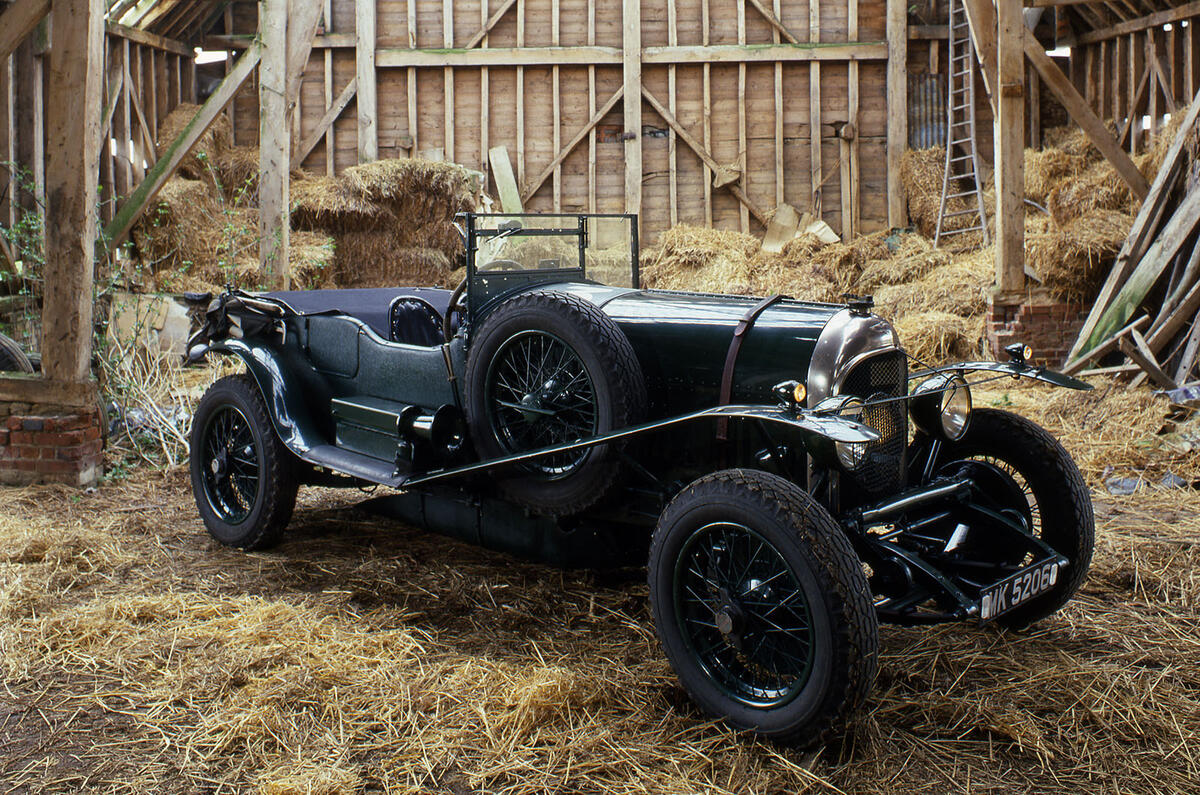
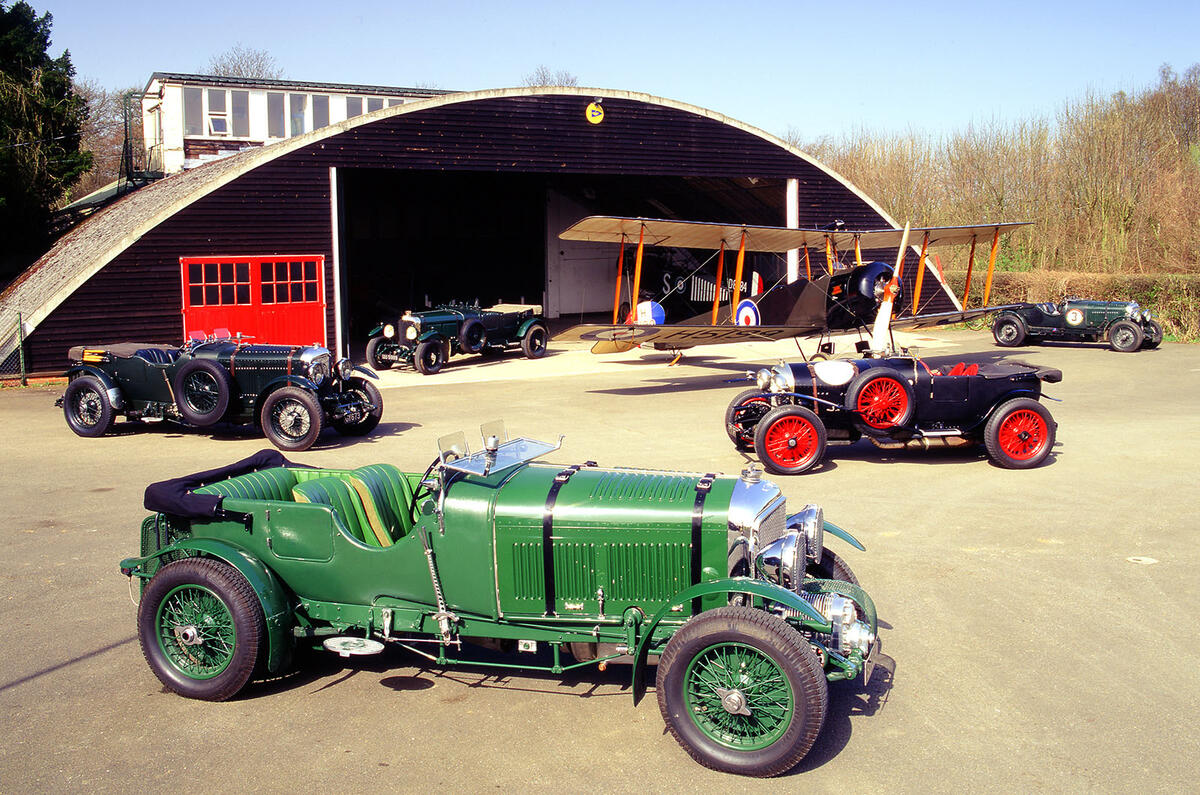
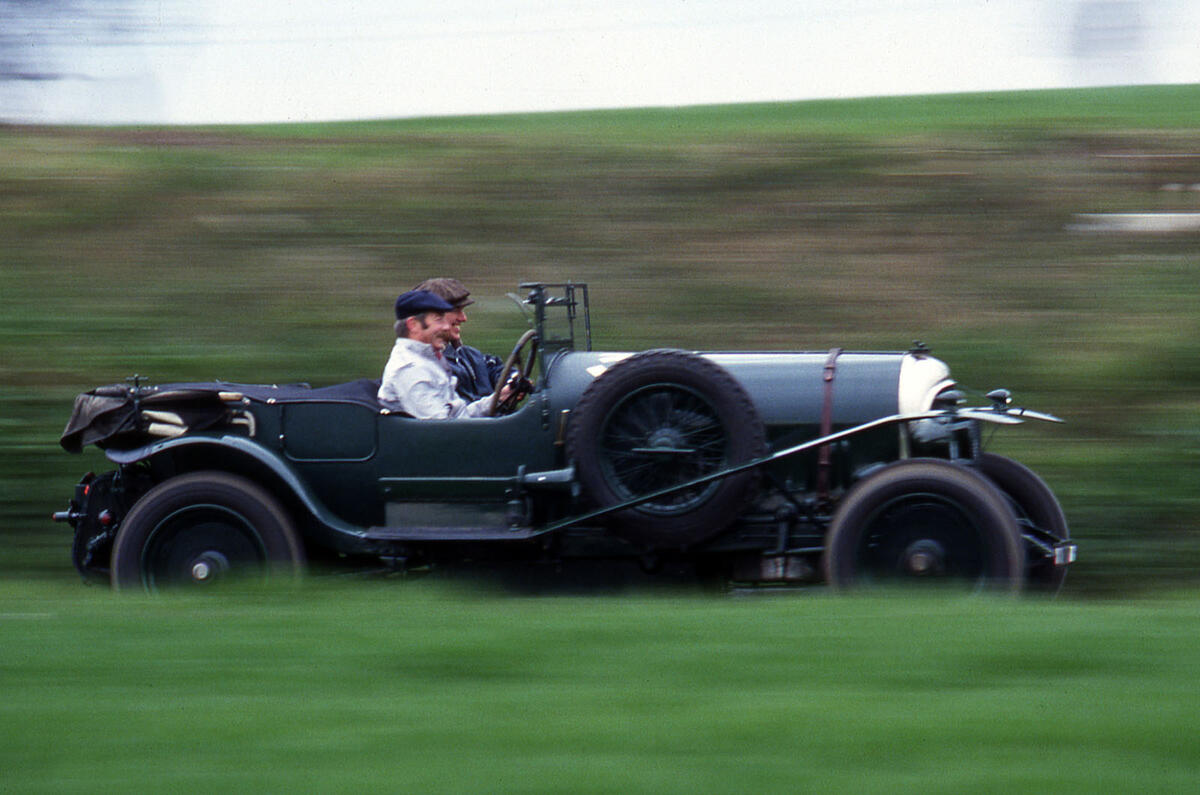
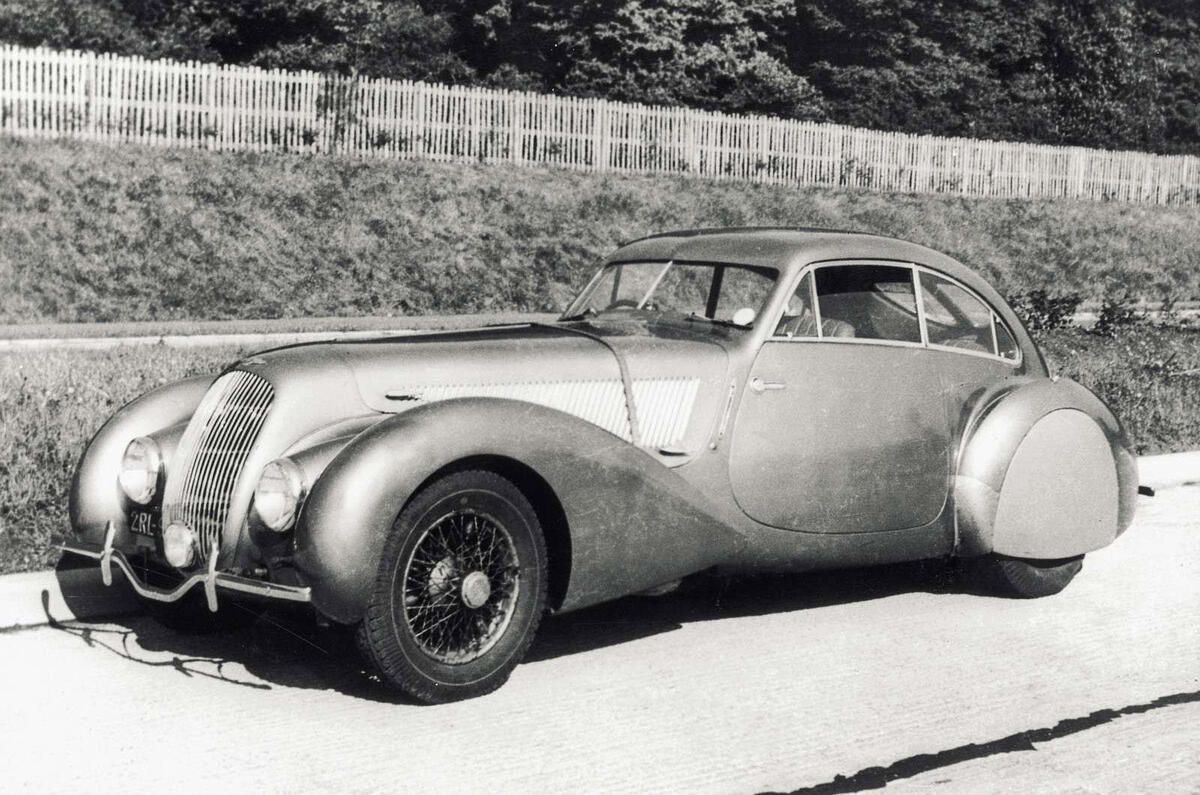
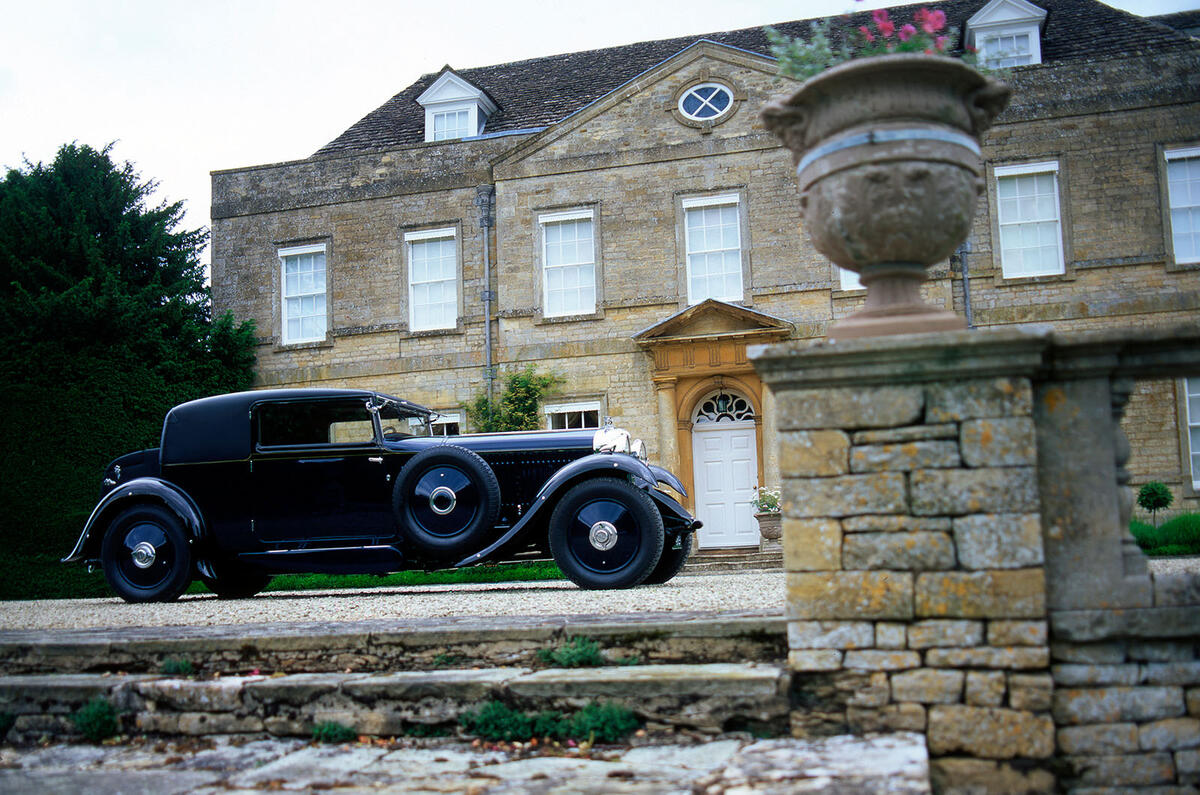
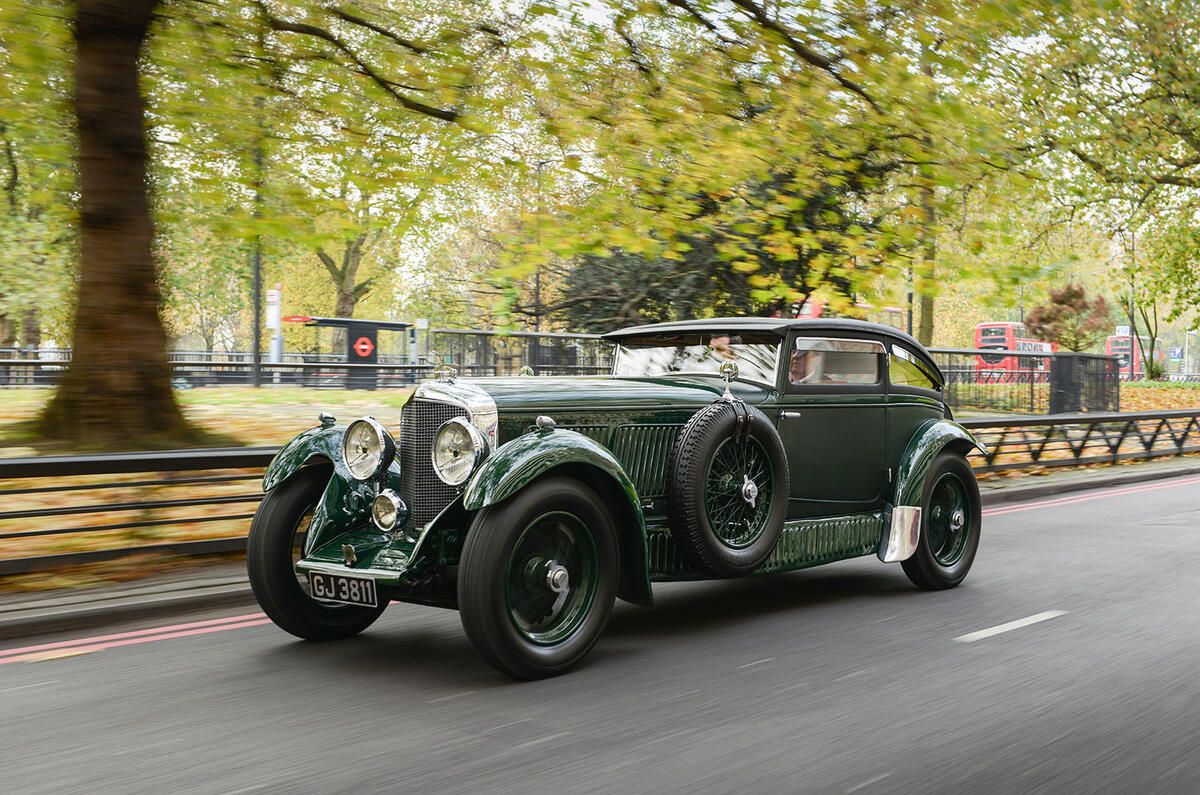
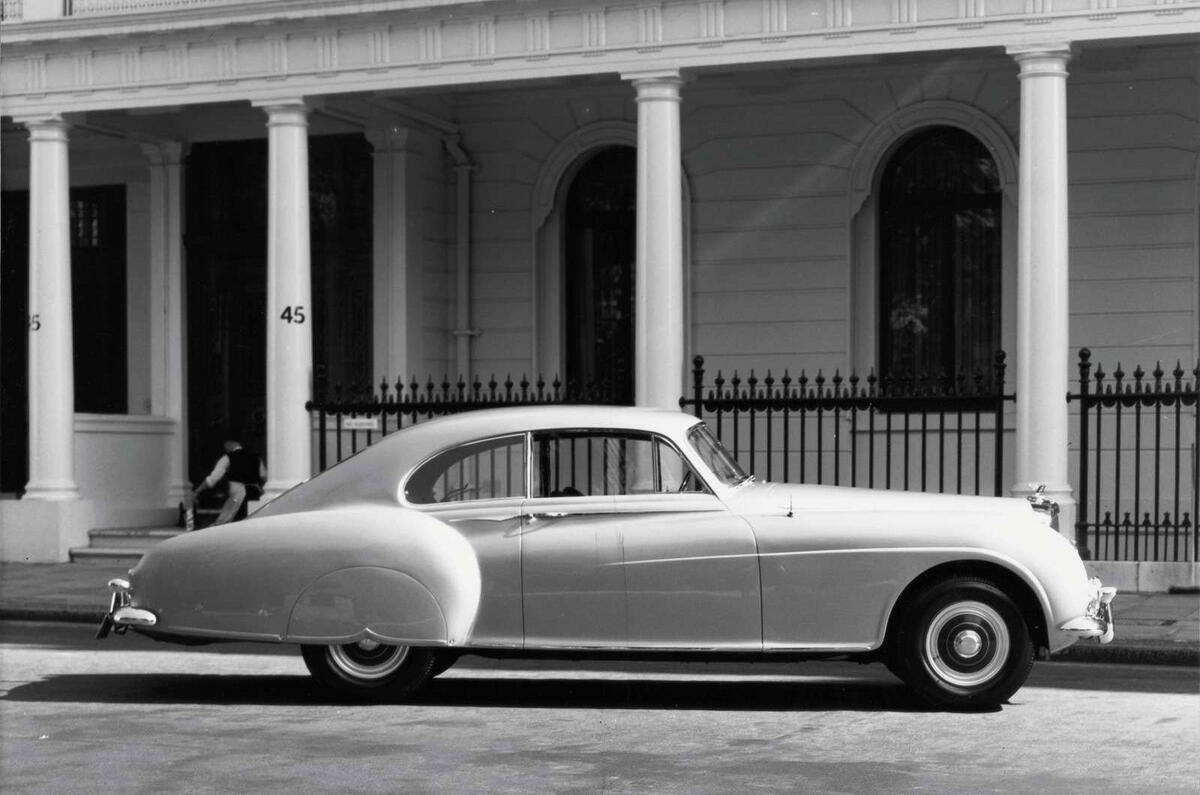
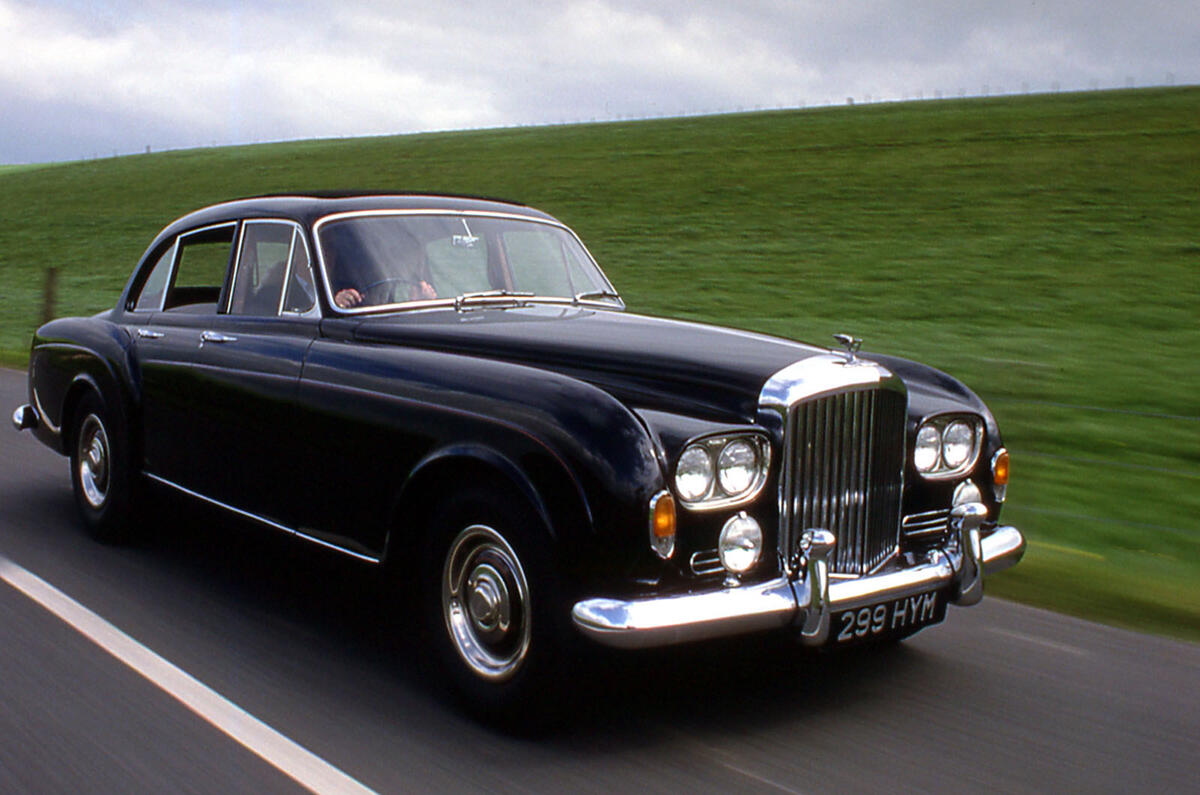
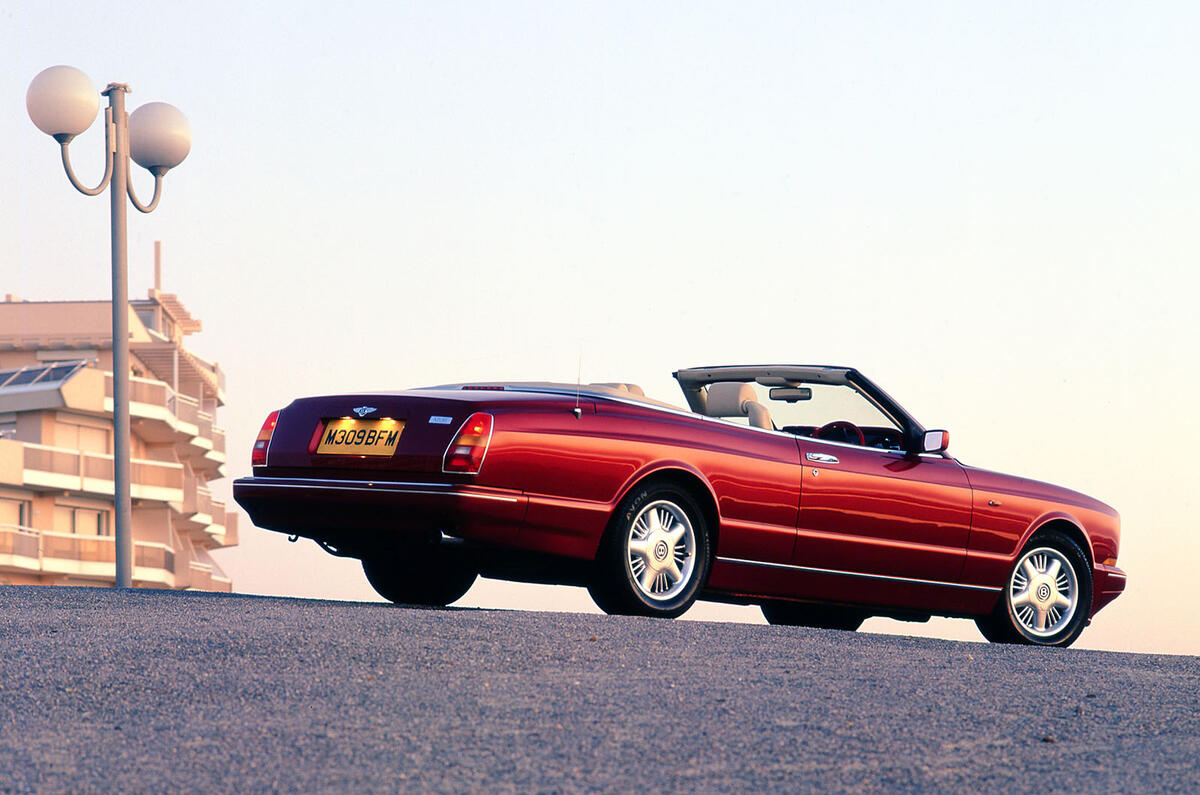

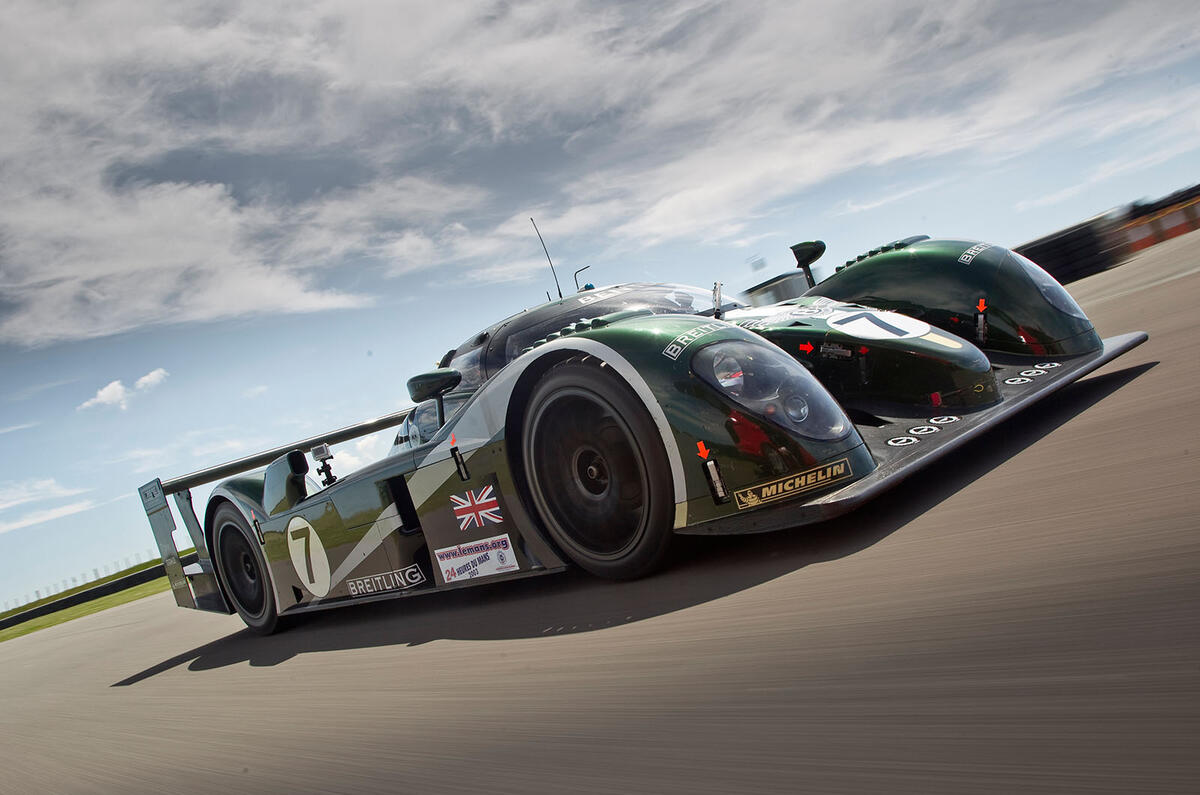
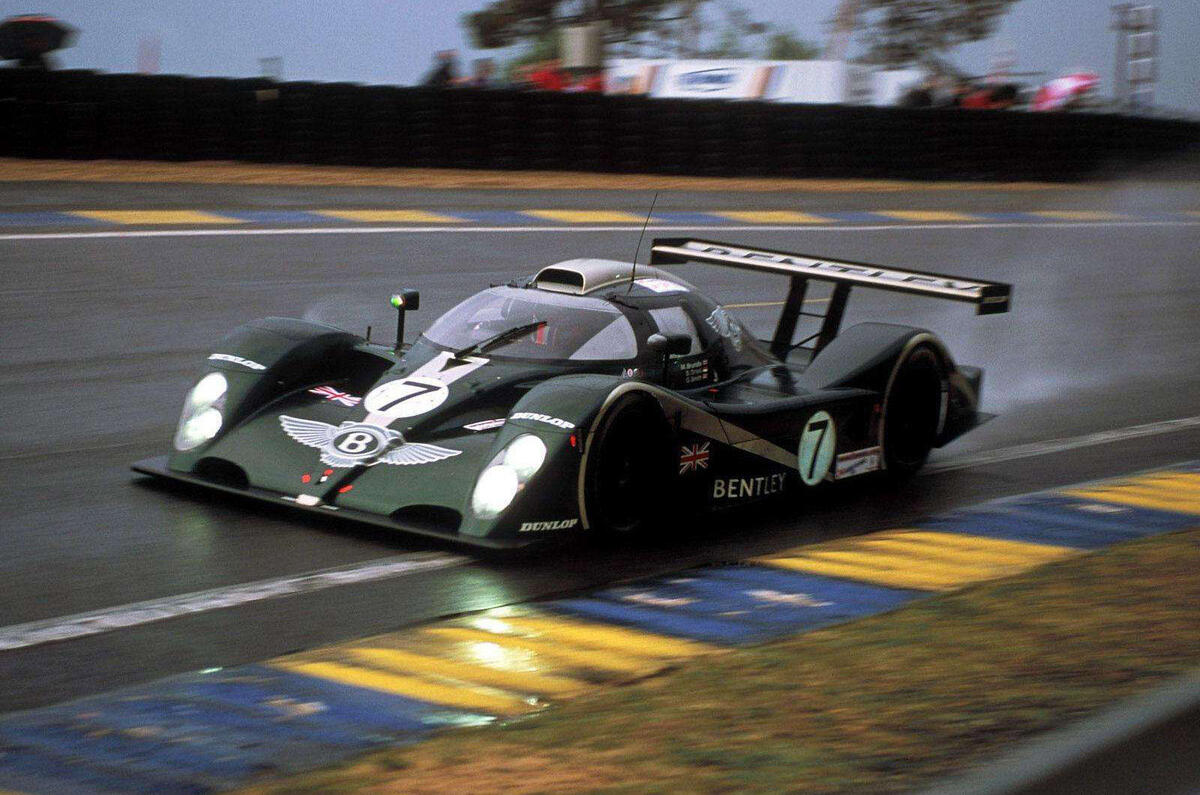
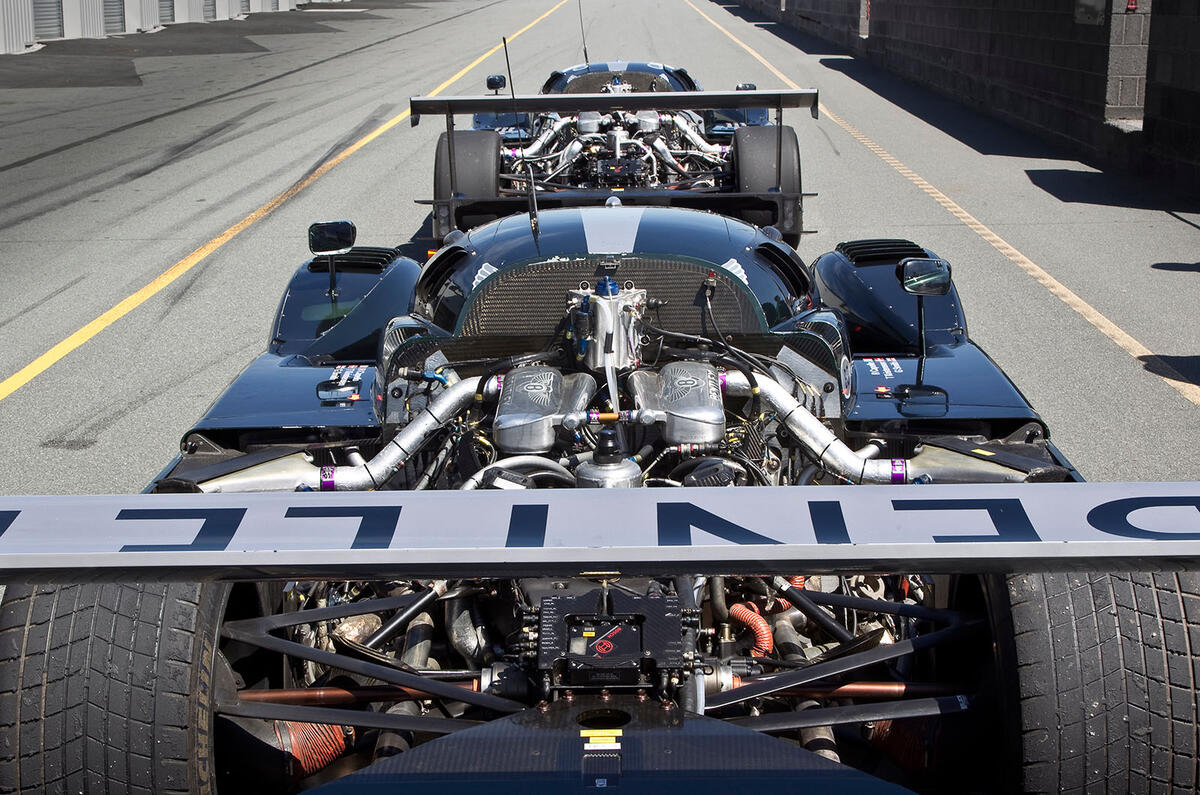

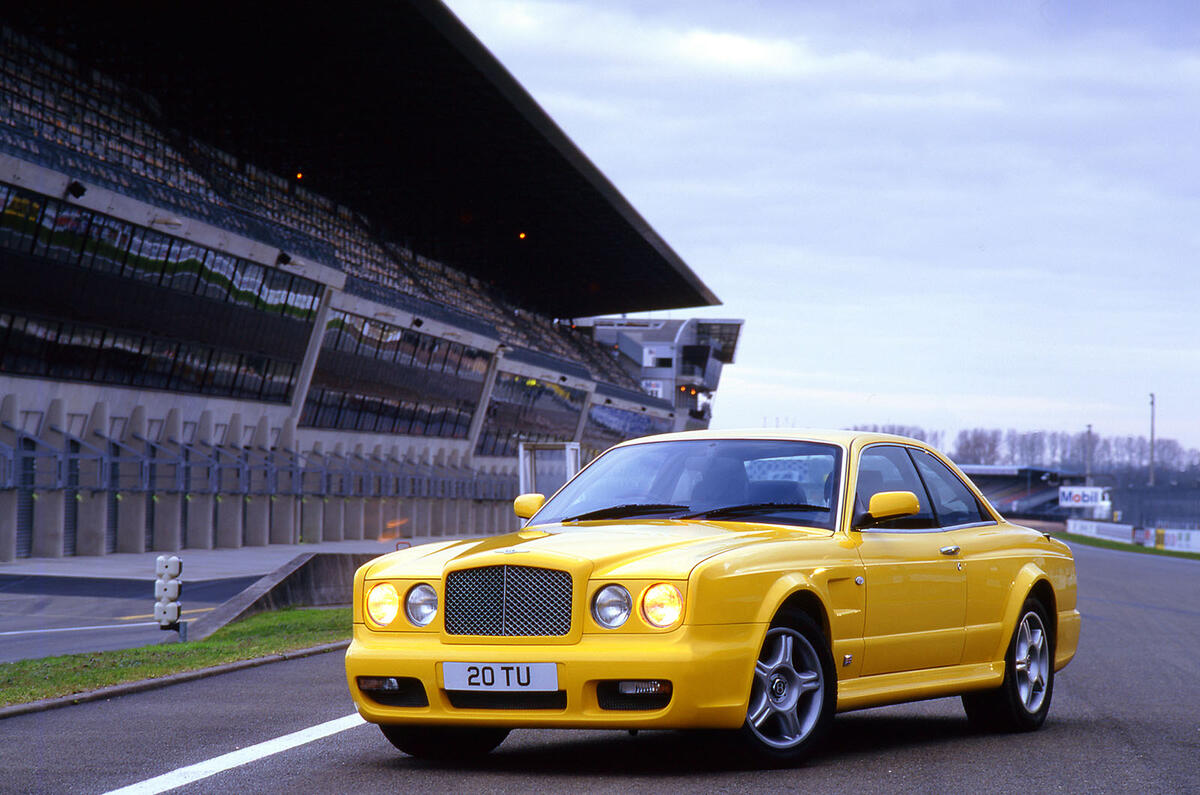
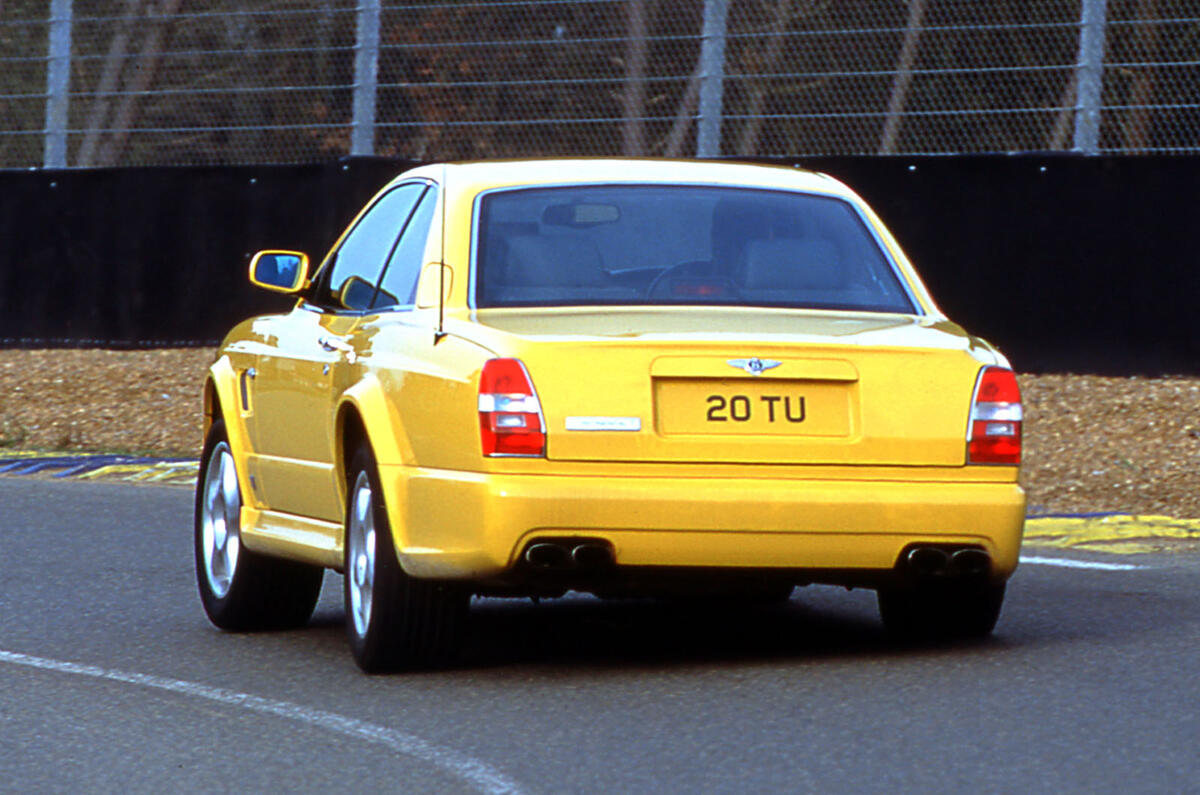
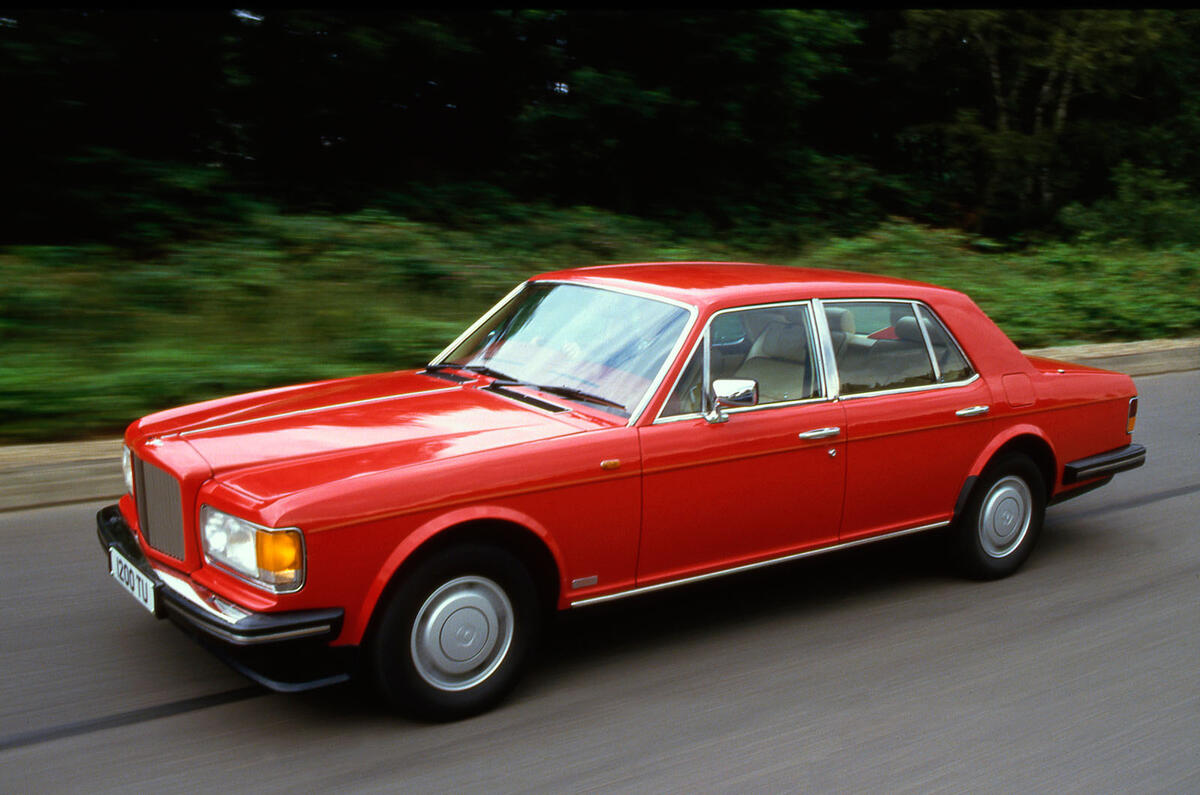
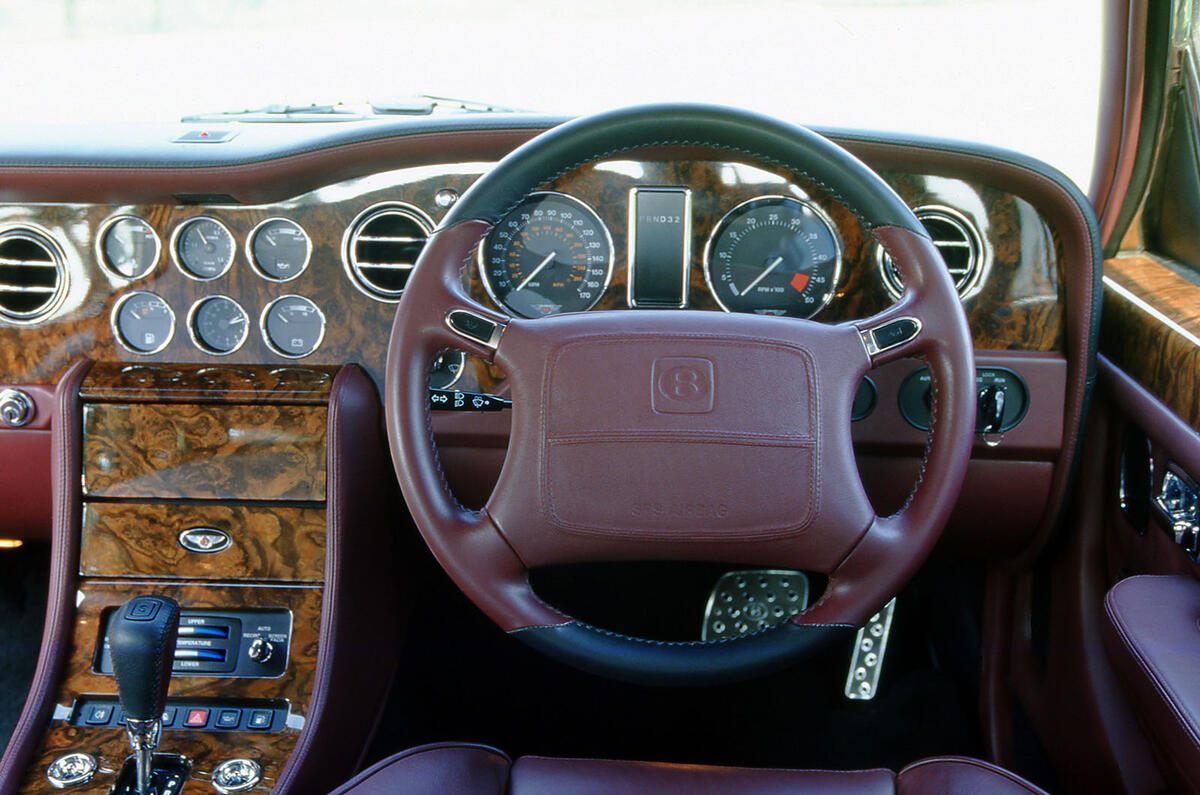

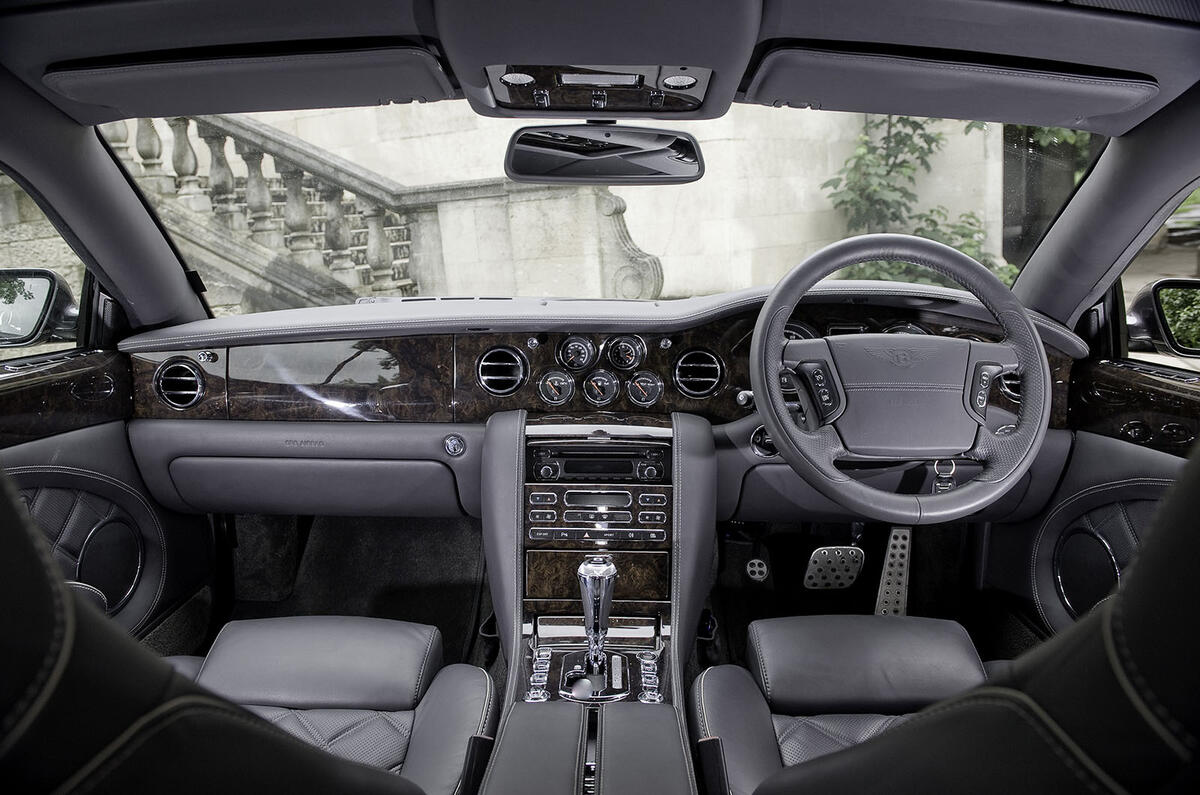
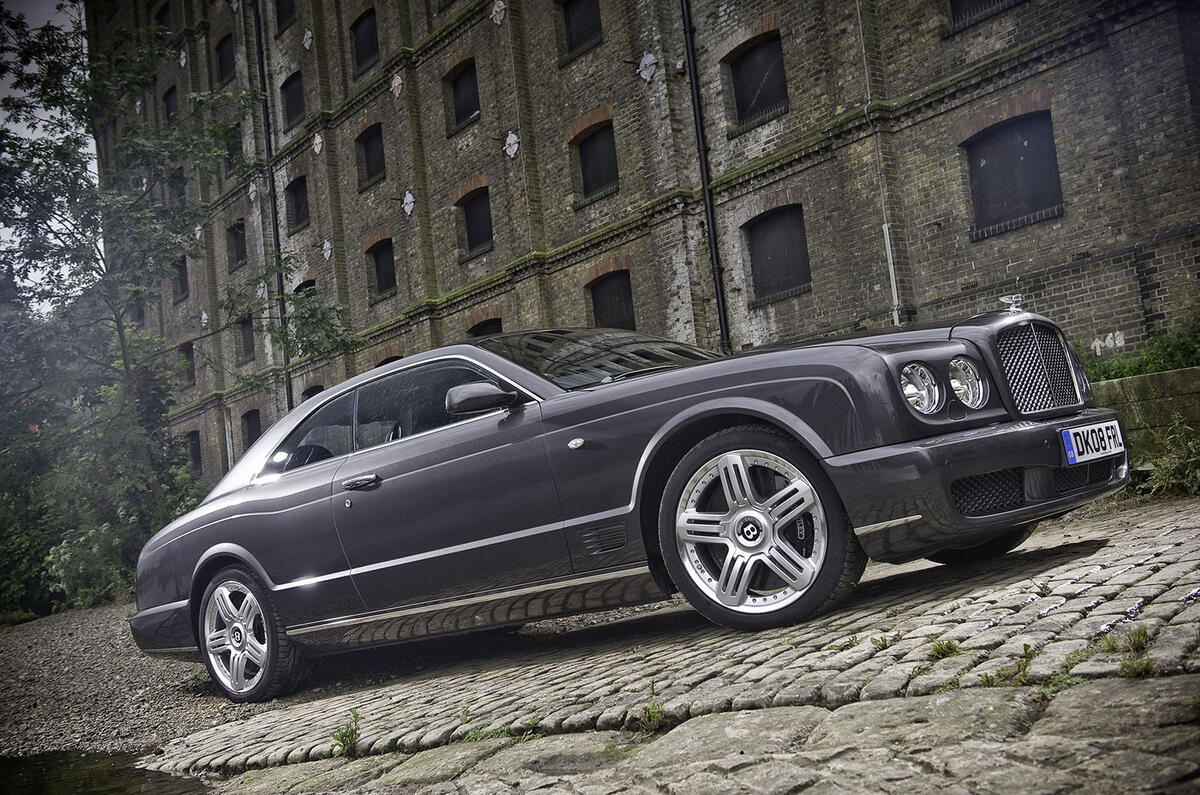
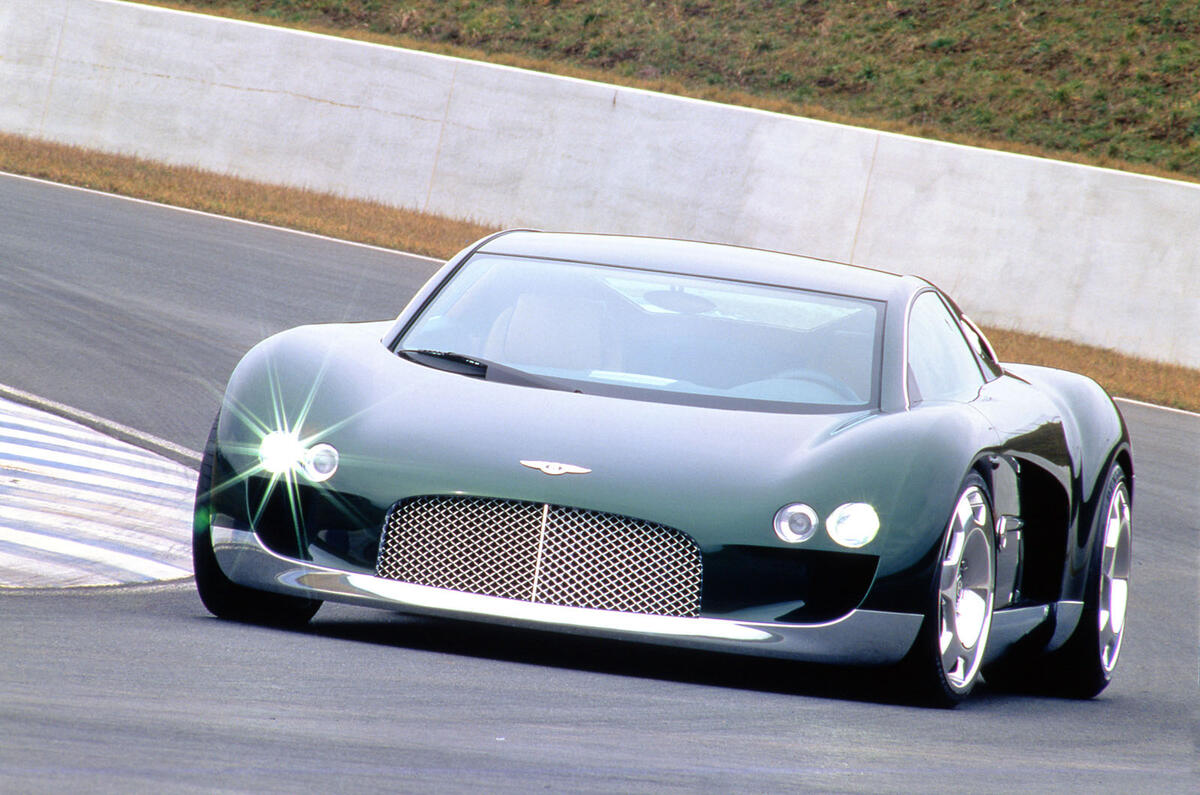
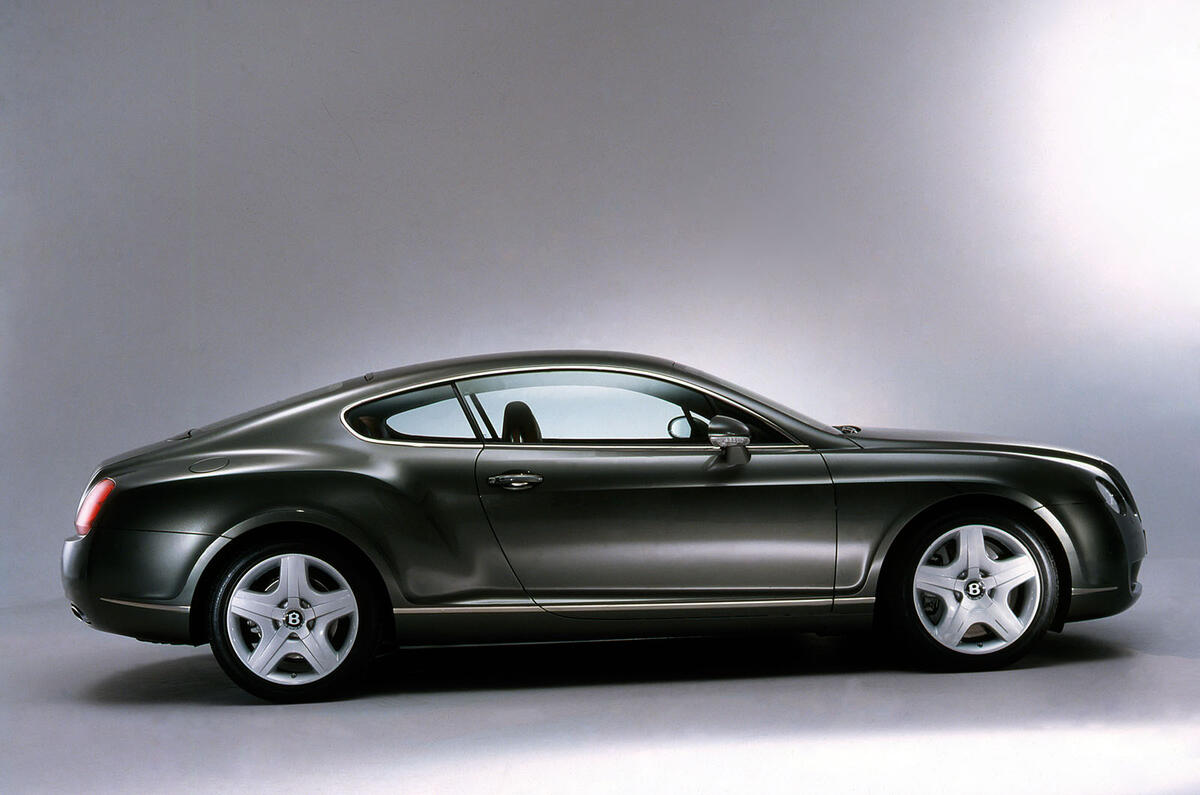
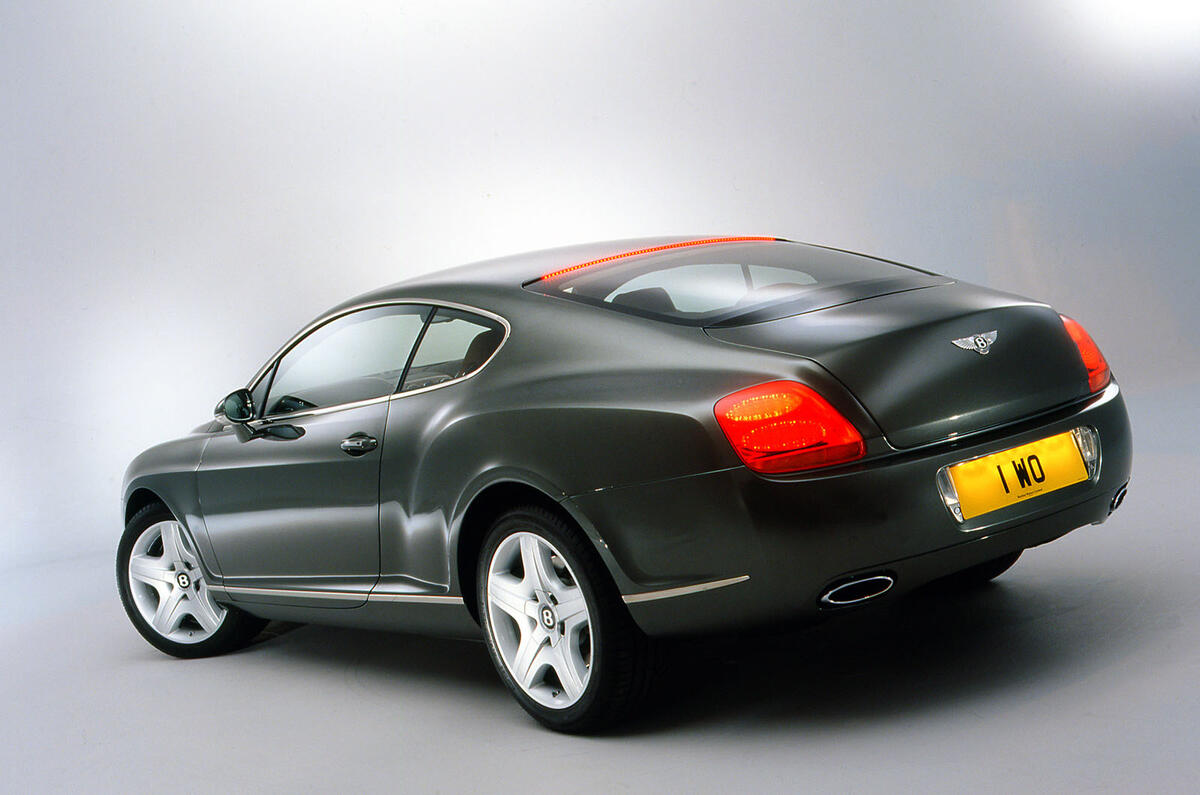
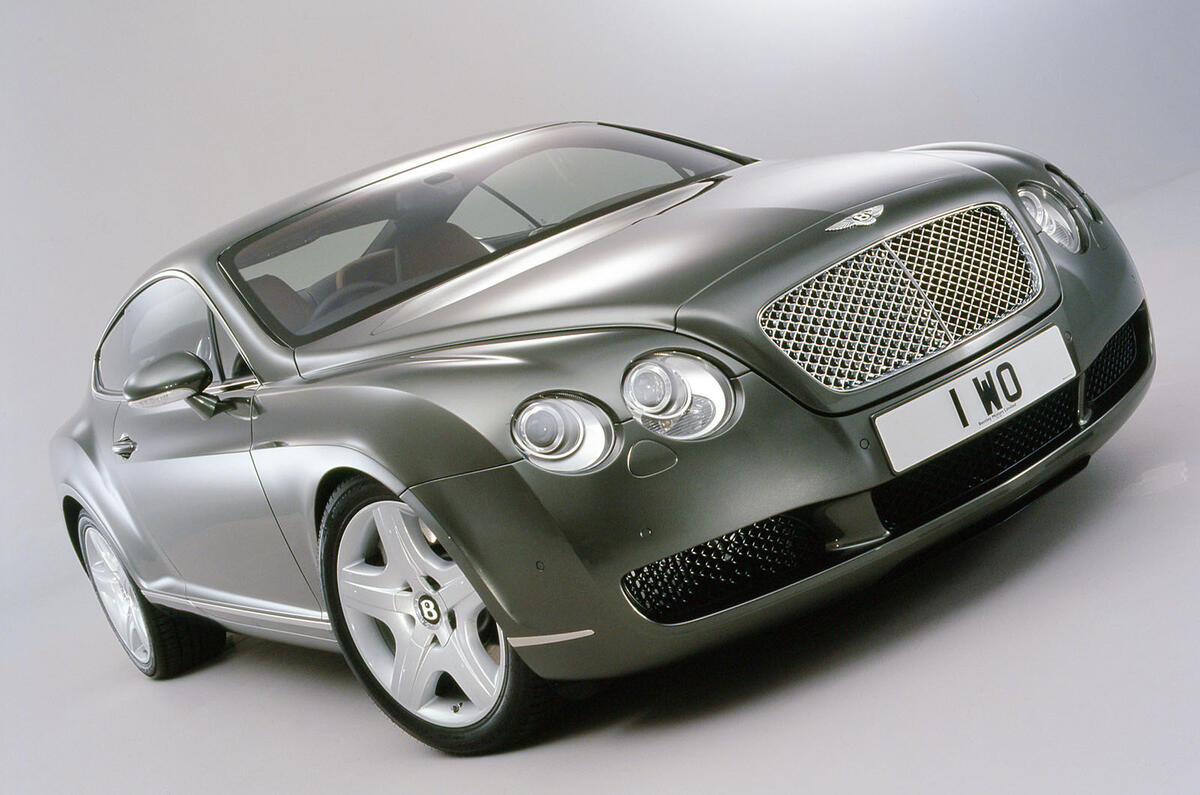
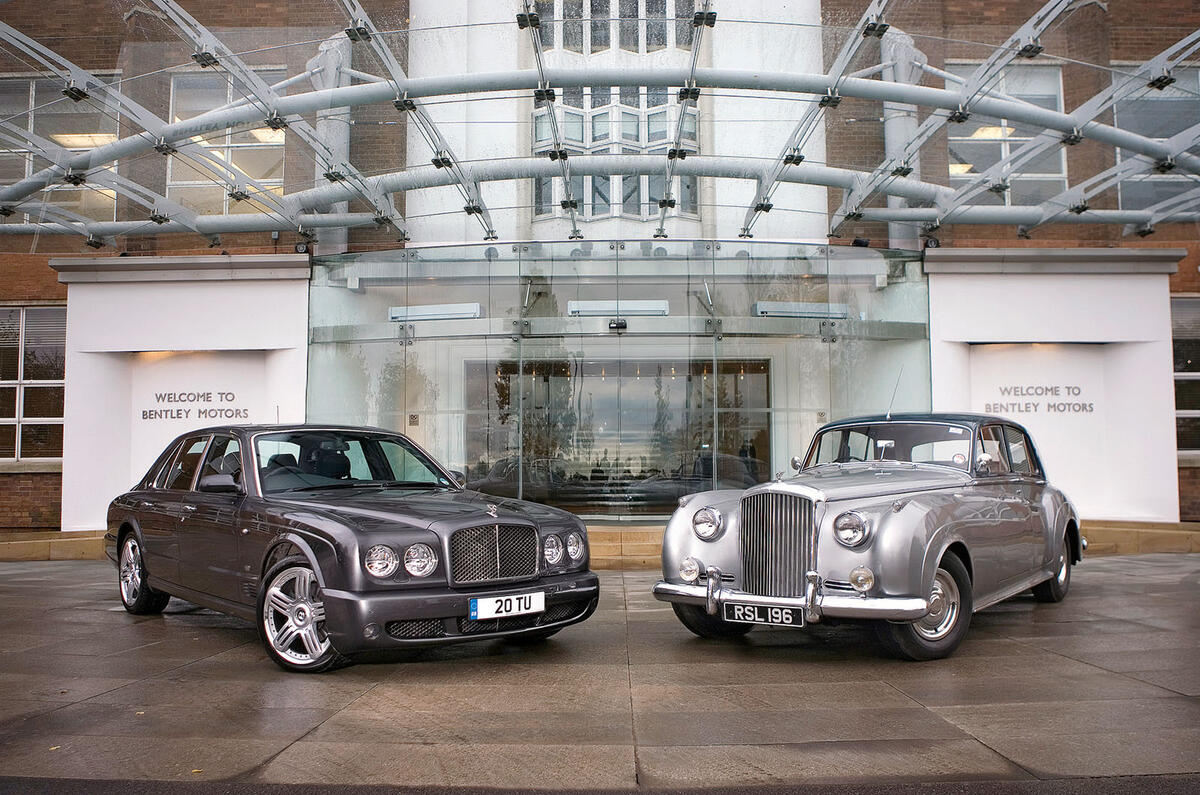
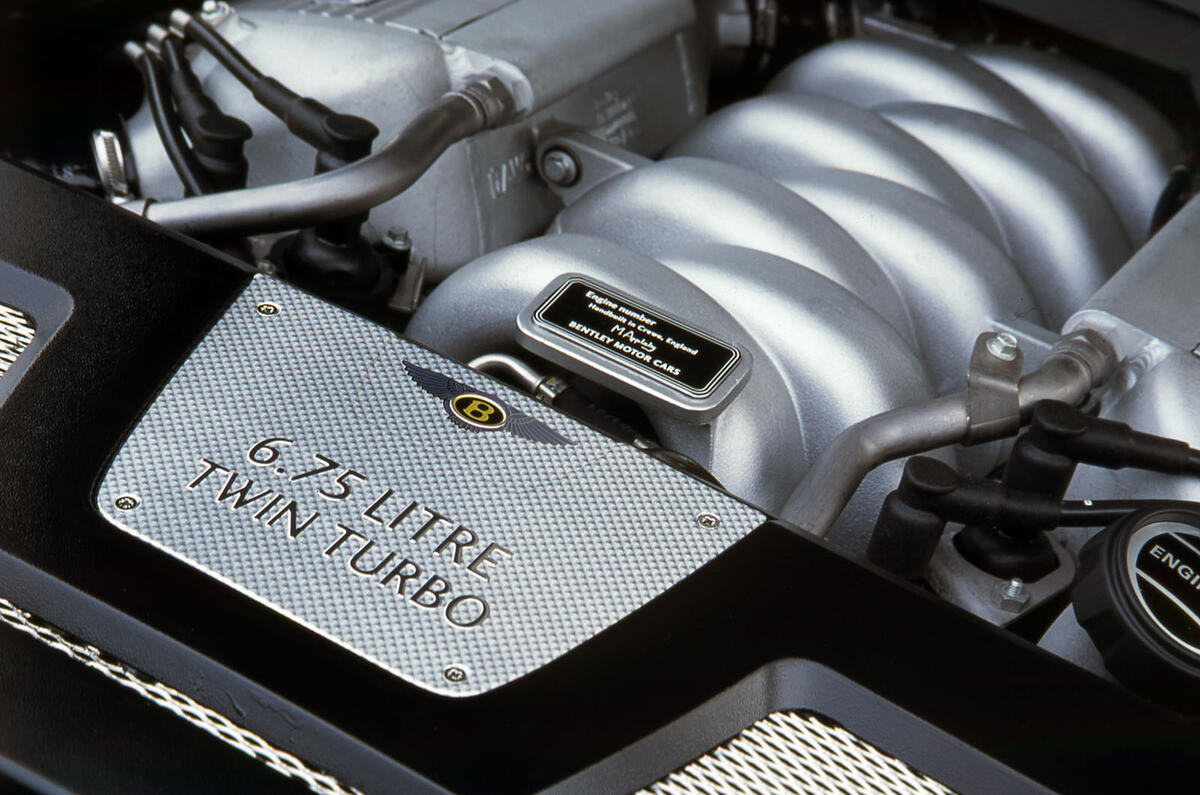

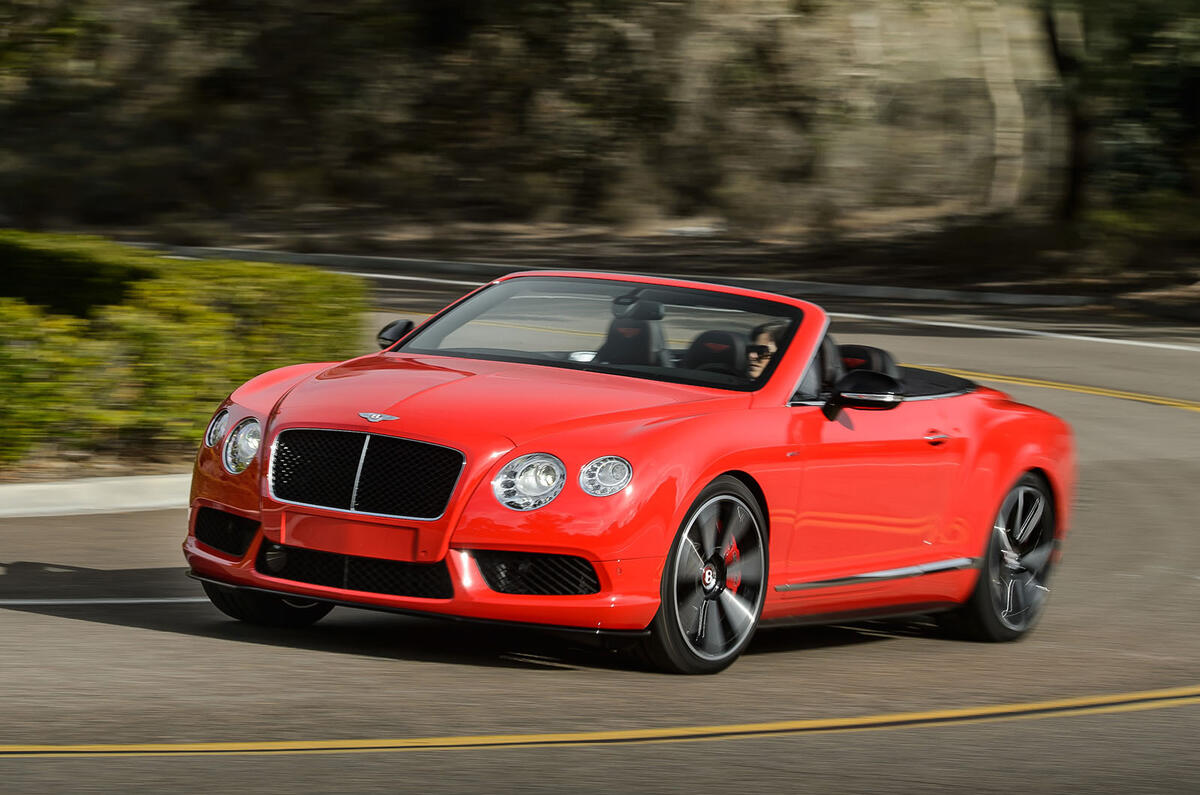
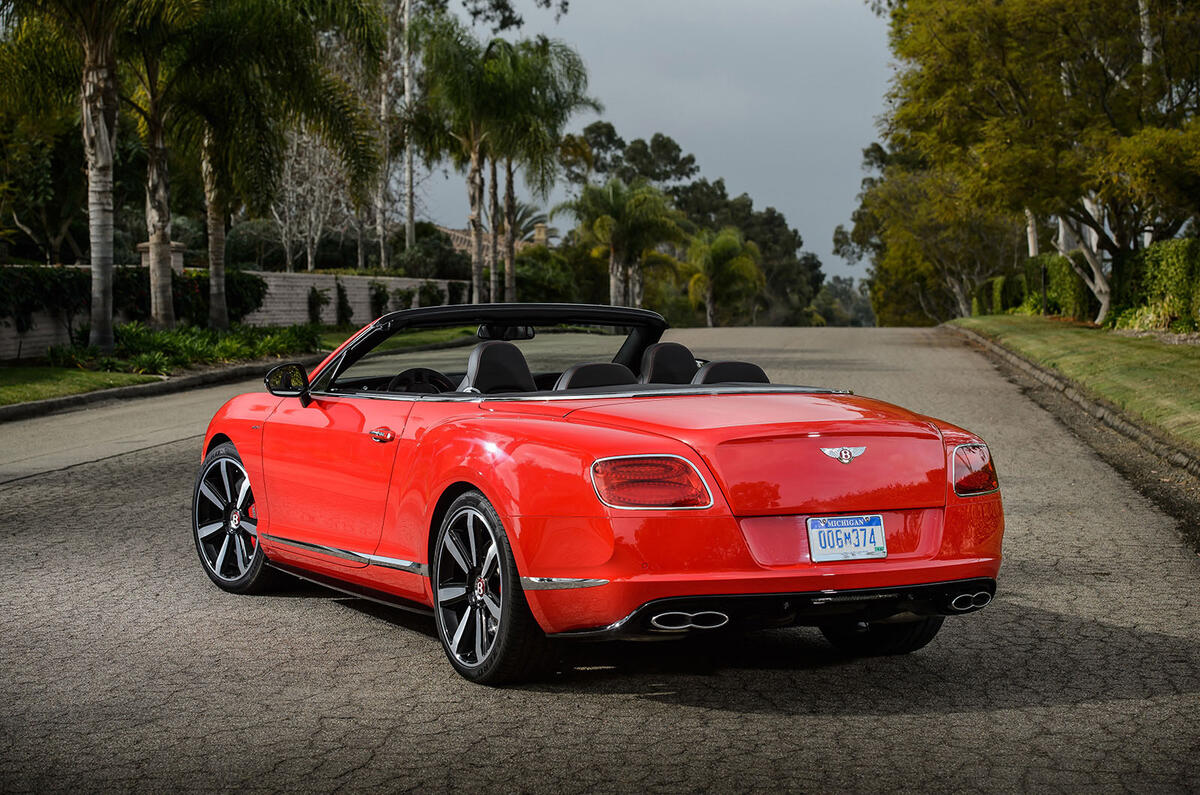
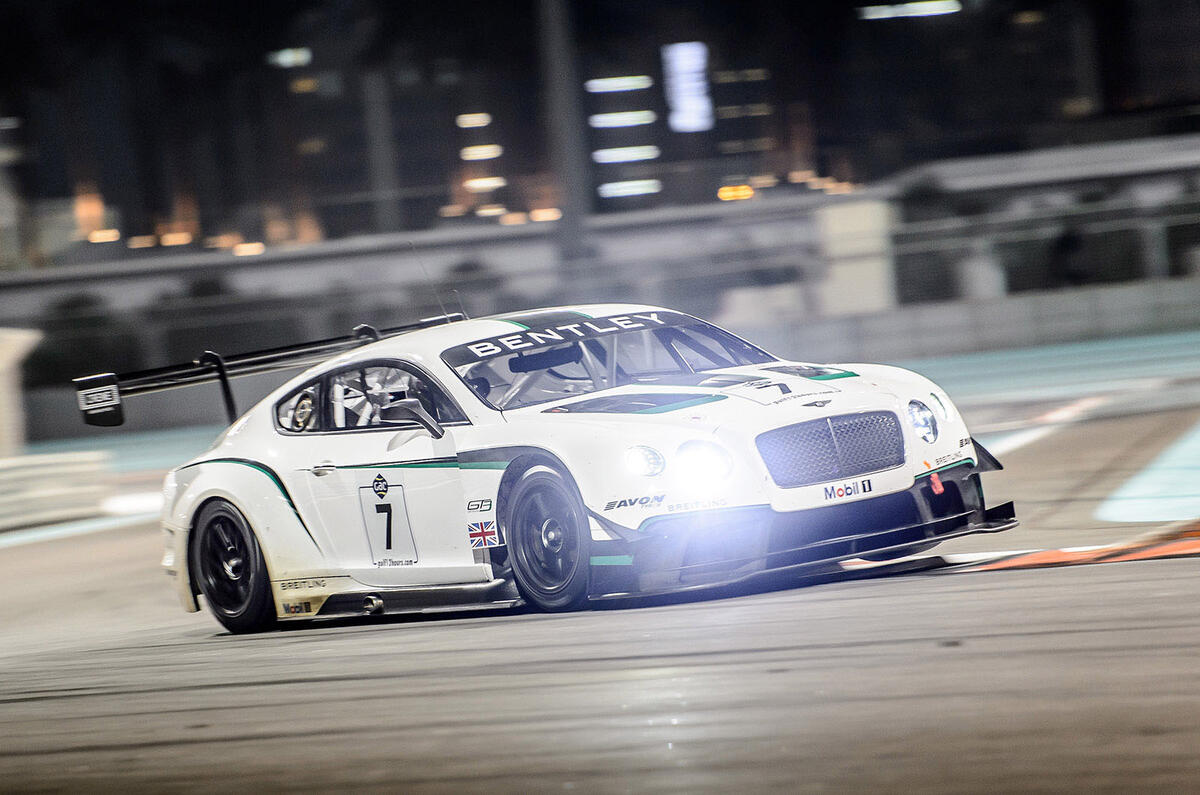
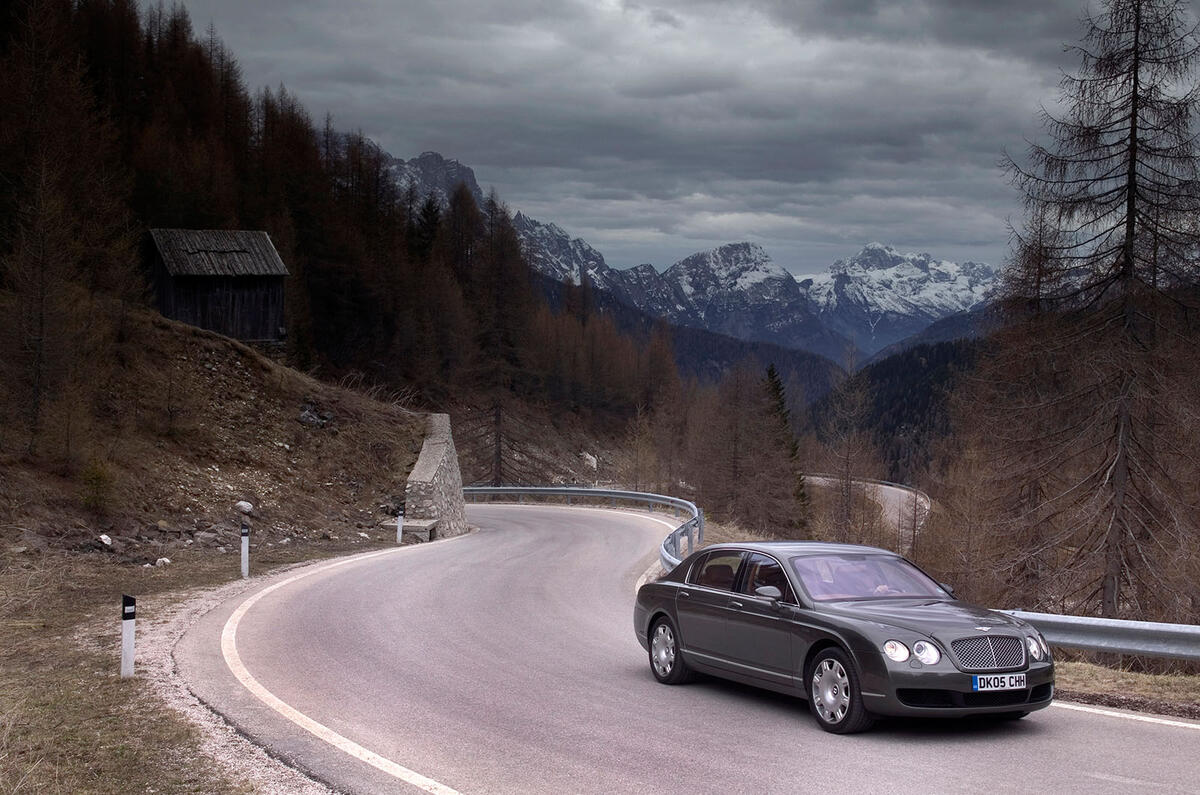
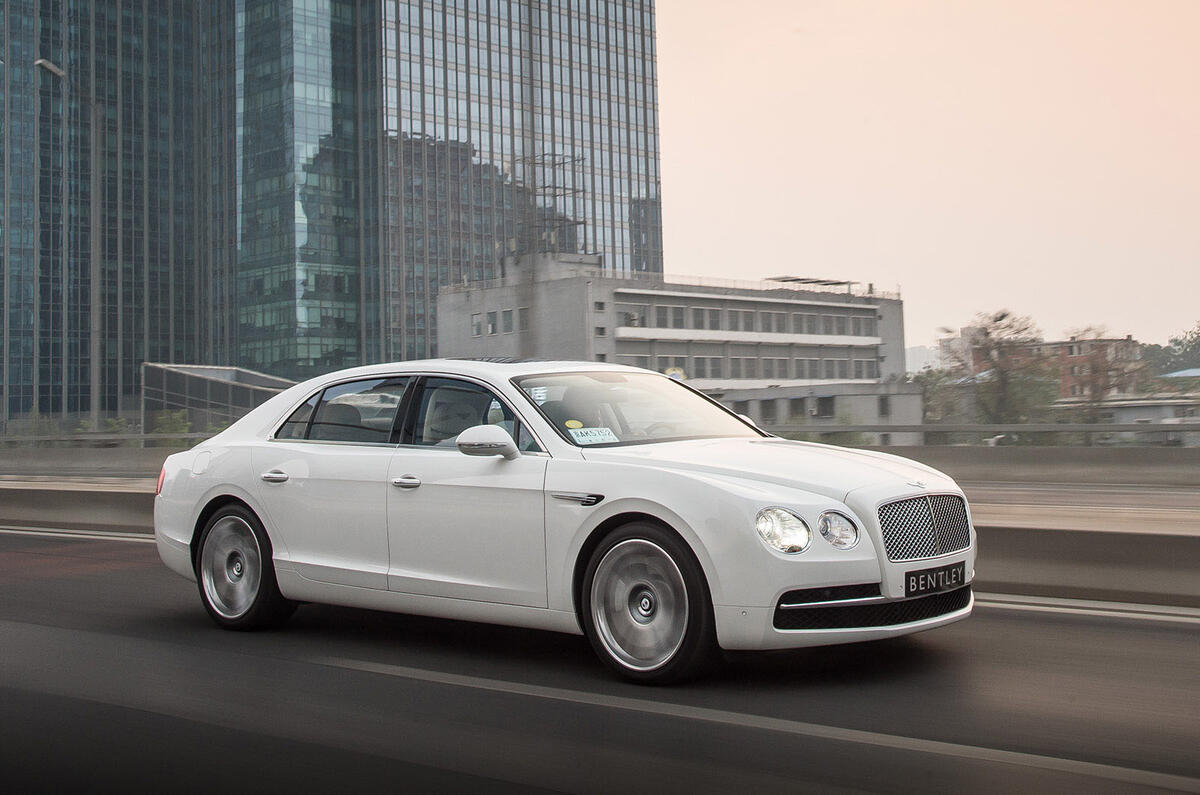
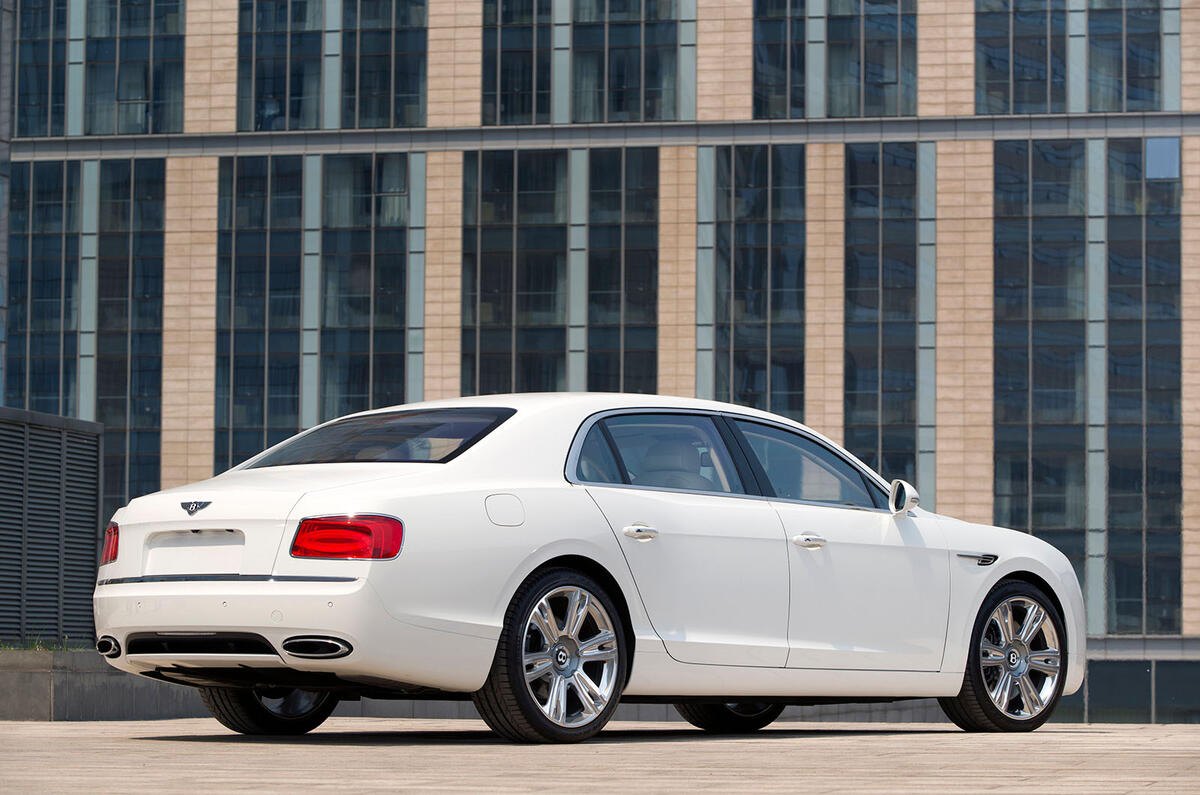
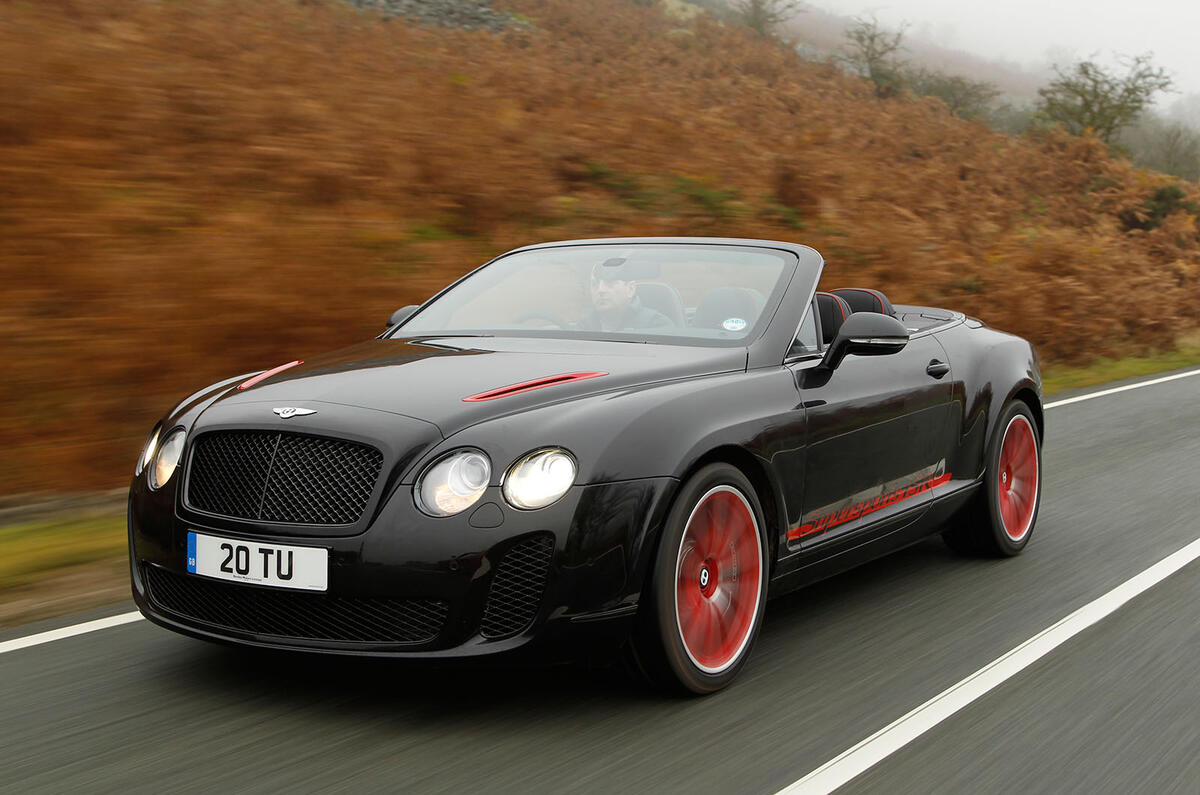

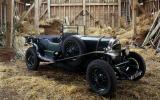
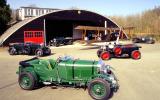
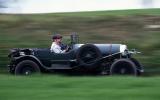
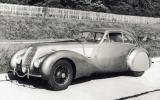
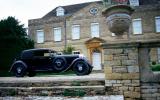
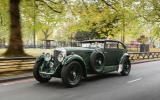

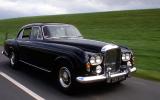
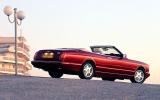





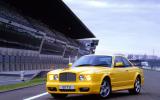
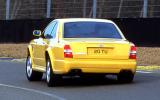
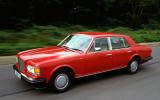
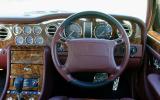
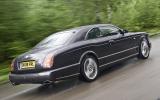

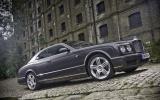
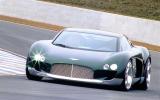
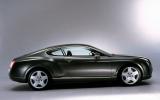
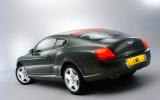
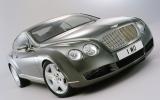

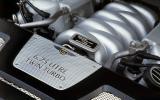
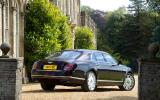
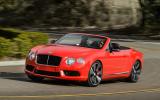
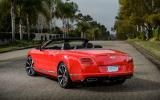


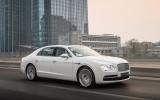
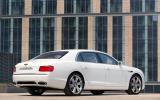
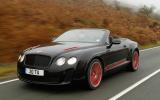



Join the debate
Add your comment
My favourite would be...
“dabbling with the automotive industry”
The resulting engine, fundamentally different from the Clerget though - for ease of production - alike in the design of the cam mechanism, was running in prototype by early summer 1916. This was the BR1, Bentley Rotary 1. The bigger BR2 followed in early 1918 . . . .
The Bentley BR.1 was a British rotary aircraft engine of the First World War. Designed by the motor car engine designer W. O. Bentley, the BR.1 was built in large numbers, being one of the main powerplants of the Sopwith Camel . . . .
In April 1917, Herbert Smith, the chief designer of the Sopwith Company, began to design a fighter intended to be the replacement for Sopwith's most famous aeroplane, the highly successful Sopwith Camel.
The resultant design, called SNIPE by Sopwith, was a single-bay biplane, slightly smaller than the Camel.
The first prototype SNIPE, powered by a Bentley AR.1 rotary engine was completed in October 1917. The second prototype was completed with the new, more powerful Bentley BR.2, engine, which gave 230 horsepower (170 kW) in November 1917. . . . .
In 1915, BOULTON & PAUL began to construct aircraft under contract including 550 of the Royal Aircraft Factory FE.2b. During the war the company built more Sopwith Camels than any other manufacturer . . . .